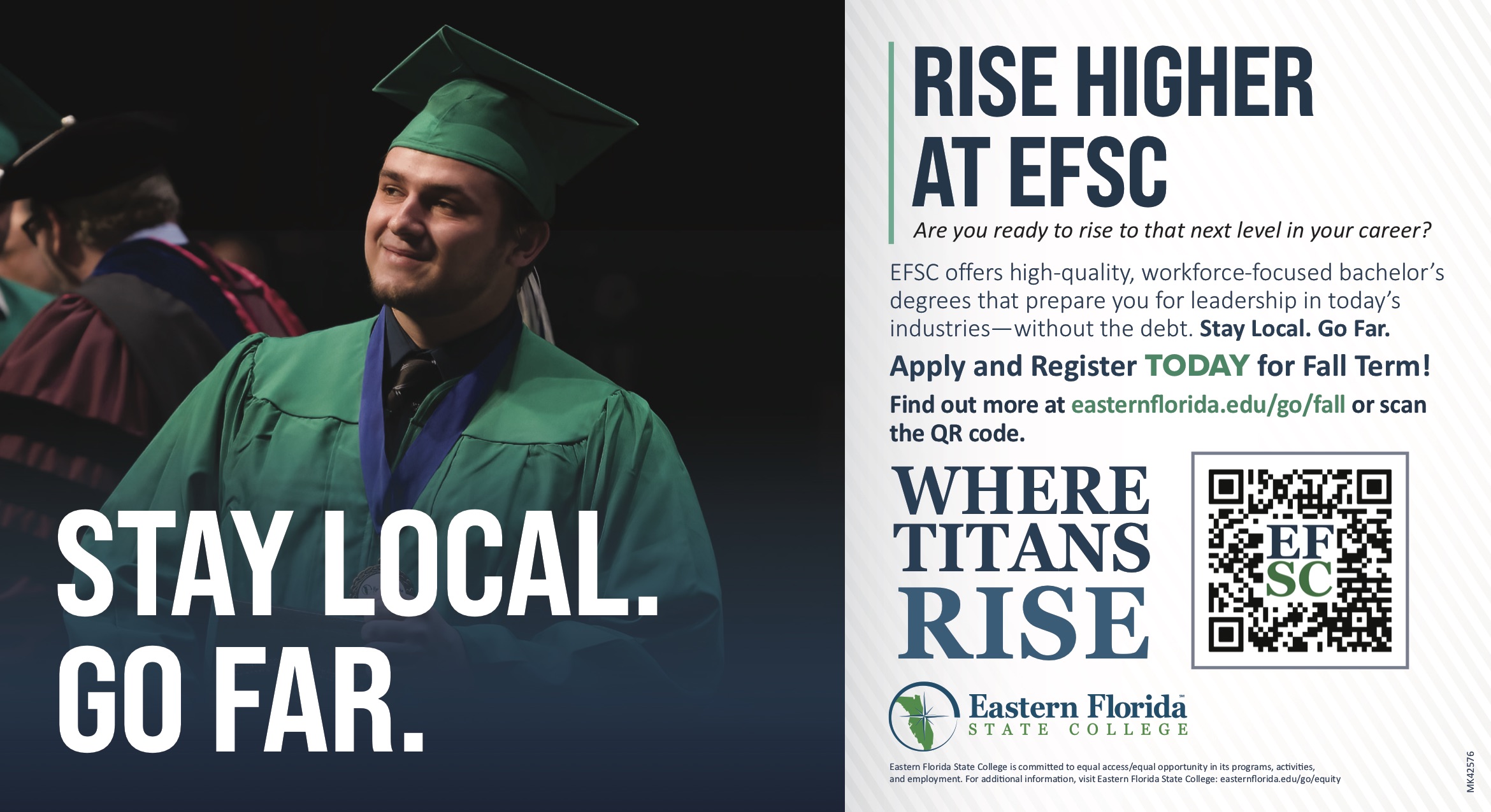Mark Lamberti on Coaching CEOs: Balancing Business Logic and Personal Growth
By Space Coast Daily // August 16, 2024

Even with a decadeslong career as a highly innovative, successful CEO to attest to his prowess, consummate South African businessman Mark Lamberti says he’s never let his business card define him.
In addition to an impressive track record of implementing bold strategies to achieve impressive corporate turnarounds, Lamberti’s curriculum vitae testifies to his broader worldview.
A committed philanthropic activist, Lamberti is also a devoted, eager-minded academic whose mastery as a highly lauded student and in-demand lecturer has gifted him with a broad-based perspective on both life and business. Taking pages from his own vast experience as well as leveraging valuable insights gleaned while obtaining his undergraduate and advanced degrees in business administration, Lamberti is uniquely positioned to help CEOs better understand the complex cycle of operations and also appreciate how the dynamics of interpersonal behavior can impact a company’s profits and performance for better or worse.
The Importance of Applying Practical Logic to the Business Process
Having been at it for quite some time, Lamberti says he’s developed and streamlined a fairly formal methodology for the brand of CEO mentorship he favors. “I call it my business logic model,” he says, “and it’s based on trying to get people to understand that financial performance is always, always, always a lagging indicator.”
The bottom line itself, Lamberti believes, is never the be-all or end-all that defines a company. It’s more crucial for stakeholders to focus on how they arrived at that bottom line if they hope to make the most advantageous use of their resources and maximize potential. “[Financial performance] is preceded by operating performance, which is preceded by human performance, [and] that is preceded by the correct structure and staffing,” he explains.
According to Mark Lamberti, gaining a true understanding of this logical succession actually brings the discussion back to square one — namely, ensuring you’ve got a viable blueprint to begin with. “[Success] only becomes possible when you’ve got the right business model, and all of that predicates on having the right strategy,” notes Lamberti. “[It’s] this model of strategy, business model structure and staffing, human performance, operating performance, [and] financial performance, gives you a kind of series of tags on which to hang any discussion related to a CEO’s job.”
In an ideal world, if you were dealing with a company in the prelaunch phase, Mark Lamberti concedes you could tackle these factors sequentially. However, in his experience, most of the CEOs he coaches are already much further along in the process. “Starting from scratch you could say, ‘What is my strategy?’ and therefore, ‘What is my business model?’ etc., etc., but you very seldom have that,” he admits.
In confronting an existing business in which some cogs in the wheel might be working well while others are underperforming or not functioning at all, Mark Lamberti maintains CEOs must have a firm grasp of how each strategic element impacts the other. “What I try to get across is that unless you understand the interrelationship between these things — the cause and effect — and you manage [with an aim] to get excellence in each [one], you’re going to have a less than optimal business performance.”
Mark Lamberti on Addressing CEOs’ 3 Most Common Concerns
Mark Lamberti reveals the issues most CEOs come to him with hopes of mastering, generally fall into three major categories. First and foremost, he acknowledges, is driving and managing growth. “Every CEO is there to try and grow the business,” says Lamberti, adding wryly, “Sometimes they get it right in spite of themselves; sometimes the environment helps them.”
However, when a business does start to take off, Lamberti asserts its CEO must be savvy enough to recognize the very elements that led to its initial success — especially for an entrepreneurial-founded business — will likely evolve as the company continues to expand. Being able to pick up on indicators of a changing context and possess the flexibility to pivot and adapt accordingly will be crucial to continued success.
While it might be surprising, the second matter in which Lamberti finds many CEOs wanting is their lack of a deep understanding about how to create shareholder value; achieving returns greater than the cost of capital. This, he says, truly is a bottom-line issue. “That’s where my discussions with them get to be very, very financial and numbers-oriented,” he avers.
The final challenge Mark Lamberti most often finds himself advising on is how to create a constructive power dynamic at the top of the organization. “[CEOs] mostly all struggle with or have to think about working with a chairperson, and working with the board,” he explains. Here he asserts, optimizing performance is a matter of interpersonal skills and group dynamics.
“The best CEOs use their board to good effect; the worst CEOs have an acrimonious relationship with their board.” Being able to put the company’s best interests ahead of a CEO’s ego — even when they know they’re right — isn’t always easy; however (to amend an aphorism), when it comes to running a business, diplomacy is often the better part of valor.











